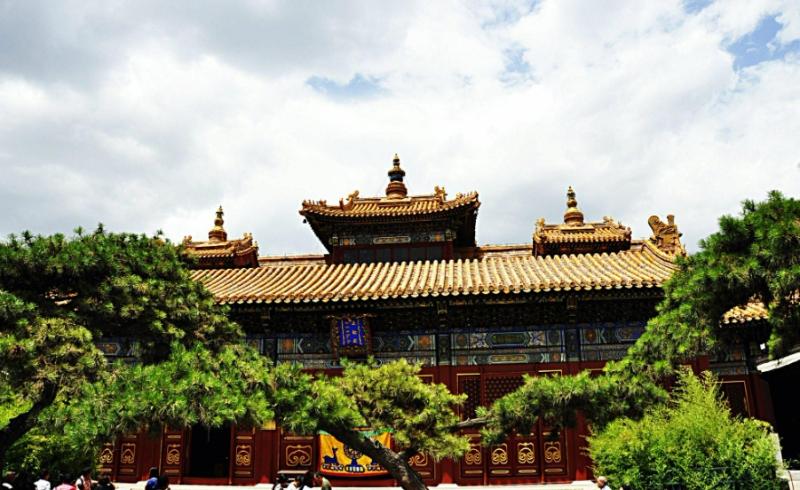Why Yonghe Temple is Significant
Yonghe Temple, a magnificent temple located in the heart of Beijing, carries rich historical and cultural heritage. As one of the most respected Tibetan Buddhist temples outside Tibet, it serves not only as a sanctuary for believers but also as a significant symbol of Chinese culture. In this article, we will delve into the reasons why Yonghe Temple is so important.

Reference: Yonghe Temple: A Cultural Gem of Buddhism in Beijing
1. Historical Origins:
Yonghe Temple was originally the royal residence of the prince who later became Emperor Yongzheng, dating back to the Qing Dynasty. Built during the Yongzheng era, the temple was initially a royal palace of grand scale and extraordinary architectural prowess. It embodies the treasures of Qing Dynasty court culture, with its architectural style and layout steeped in profound historical significance.
2. Cultural Significance:
Yonghe Temple is a blend of Tibetan and Han Chinese Buddhist cultures, showcasing both the traditional Tibetan architectural features and the essence of Chinese palace architecture. The temple houses a vast collection of Buddhist relics and artistic treasures, including statues, scriptures, and murals, showcasing a rich artistic landscape and religious beliefs.
3. Religious Importance:
As an active Buddhist temple, Yonghe Temple continues to attract a large number of believers who come to worship. Here, devotees can pray, repent, and seek spiritual solace. The temple's rituals and chanting by monks provide opportunities for worshippers to study Buddhist teachings and engage in spiritual practices.
4. Tourism Value:
With the development of tourism, Yonghe Temple has become one of Beijing's important tourist attractions. Every year, it attracts a large number of domestic and international visitors. Tourists can not only admire the beautiful architectural style of Yonghe Temple but also experience the unique charm of Tibetan Buddhism, immersing themselves in tranquility and serenity different from their daily lives.
Conclusion:
Yonghe Temple, as a temple imbued with rich historical and cultural connotations, carries on the inheritance and development of faith and culture. Its historical origins, cultural significance, religious importance, and tourism value continue to shine brightly, making it a radiant gem in the city of Beijing.
Q&A:
1. What architectural features make Yonghe Temple unique?
Yonghe Temple combines Tibetan and Han Chinese architectural styles, showcasing the grandeur of Qing Dynasty palace architecture. Its central hall with yellow glazed tiles symbolizes royal prestige, while its layout reflects both Tibetan and Chinese influences.
2. How does Yonghe Temple contribute to cultural exchange?
Yonghe Temple serves as a cultural exchange platform, attracting scholars, artists, and tourists from around the world. Through academic exchanges, performances, and exhibitions, it promotes cultural dialogue and enhances China's influence on the international stage.